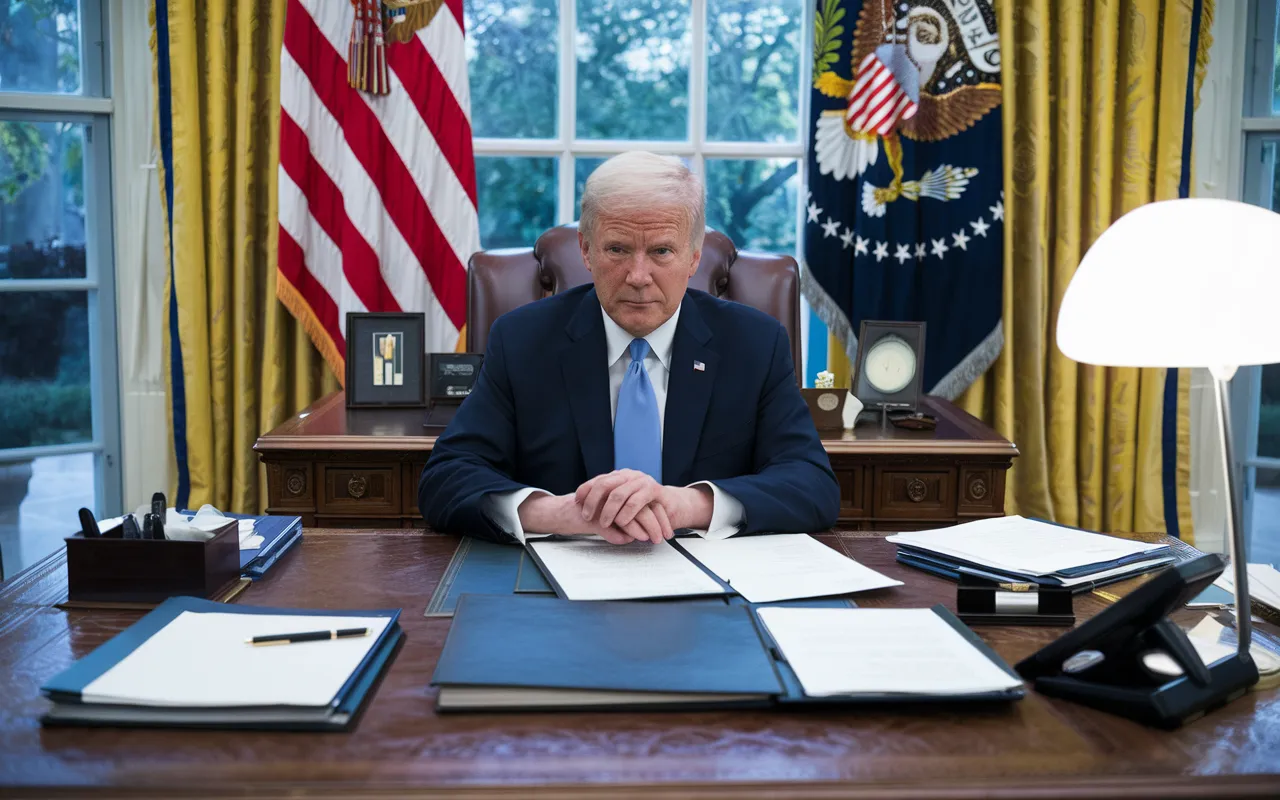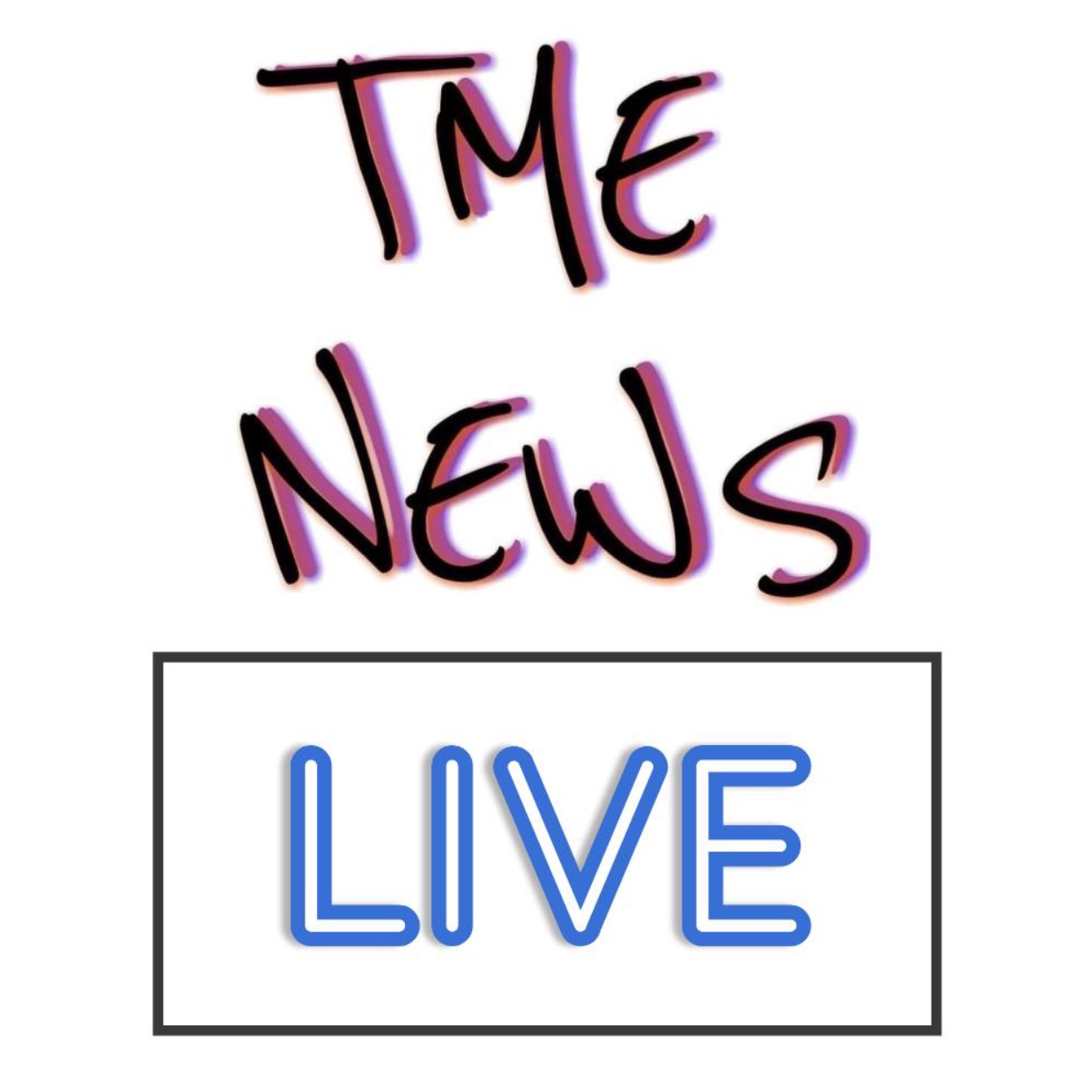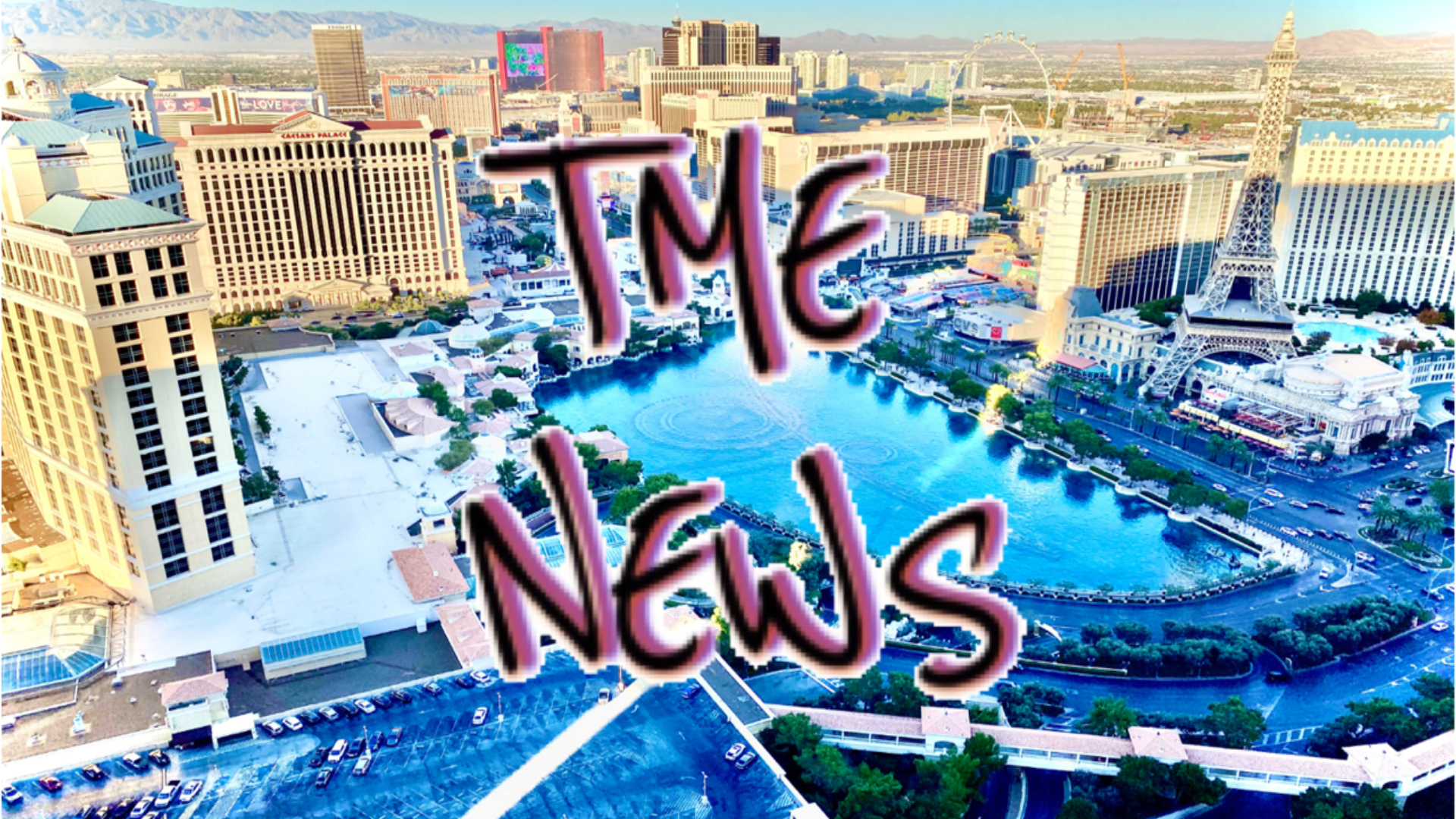
The Role of the US Presidency in Modern Politics
The presidency of the United States is a cornerstone of the nation’s political system, wielding significant influence over both domestic and foreign policy. As the head of the executive branch, the president’s responsibilities and powers are vast, impacting the lives of millions of Americans and shaping the country’s role on the global stage.
The Executive Branch and Its Functions
The executive branch, led by the president, is responsible for enforcing the laws of the United States. This branch includes the president, the vice president, the Cabinet, and various federal agencies. The president’s role as the head of this branch involves overseeing the implementation of laws, directing national defense and foreign policy, and managing the federal government’s operations.
##### Key Powers of the Presidency
- Executive Orders: These are directives issued by the president to manage the operations of the federal government. They have the force of law and are used to direct government agencies and officials in their execution of congressionally established laws or policies.
- Veto Power: The president can veto legislation passed by Congress, preventing it from becoming law unless Congress overrides the veto with a two-thirds majority in both houses.
- Commander-in-Chief: As the leader of the armed forces, the president has significant authority over military operations and national defense strategies.
- Foreign Policy Leadership: The president plays a crucial role in shaping the country’s foreign policy, negotiating treaties, and engaging with international leaders.
- Domestic Policy Influence: Through legislative proposals, budget recommendations, and executive actions, the president influences domestic policy on issues such as healthcare, education, and economic regulation.
The Dynamics of Presidential Administration
The president’s administration is composed of a team of advisors and officials who assist in policy development and implementation. The Cabinet, consisting of the heads of federal departments, plays a vital role in advising the president on various issues. Additionally, the White House staff and other executive offices support the president in executing their duties.
##### Recent Trends in Presidential Influence
In recent years, the use of executive orders has become a prominent tool for presidents to enact policy changes, especially when facing a divided Congress. This trend highlights the growing importance of the executive branch in shaping national policy, often leading to debates about the balance of power between the branches of government.
The Presidency and National Governance
The president’s influence extends beyond policy-making to include setting the national agenda and addressing the public on critical issues. Through speeches, press conferences, and social media, the president communicates directly with the American people, shaping public opinion and rallying support for their initiatives.
##### Challenges and Opportunities
The presidency faces numerous challenges, including political polarization, economic fluctuations, and global crises. However, it also presents opportunities for leadership and innovation in addressing these issues. The president’s ability to navigate these challenges effectively can significantly impact their legacy and the country’s future.
Conclusion
The role of the US presidency is multifaceted and dynamic, with the power to influence both domestic and international affairs. As the political landscape evolves, the presidency continues to adapt, reflecting the changing needs and priorities of the nation. Understanding the functions and influence of the presidency is crucial for comprehending the broader workings of the US political system.


